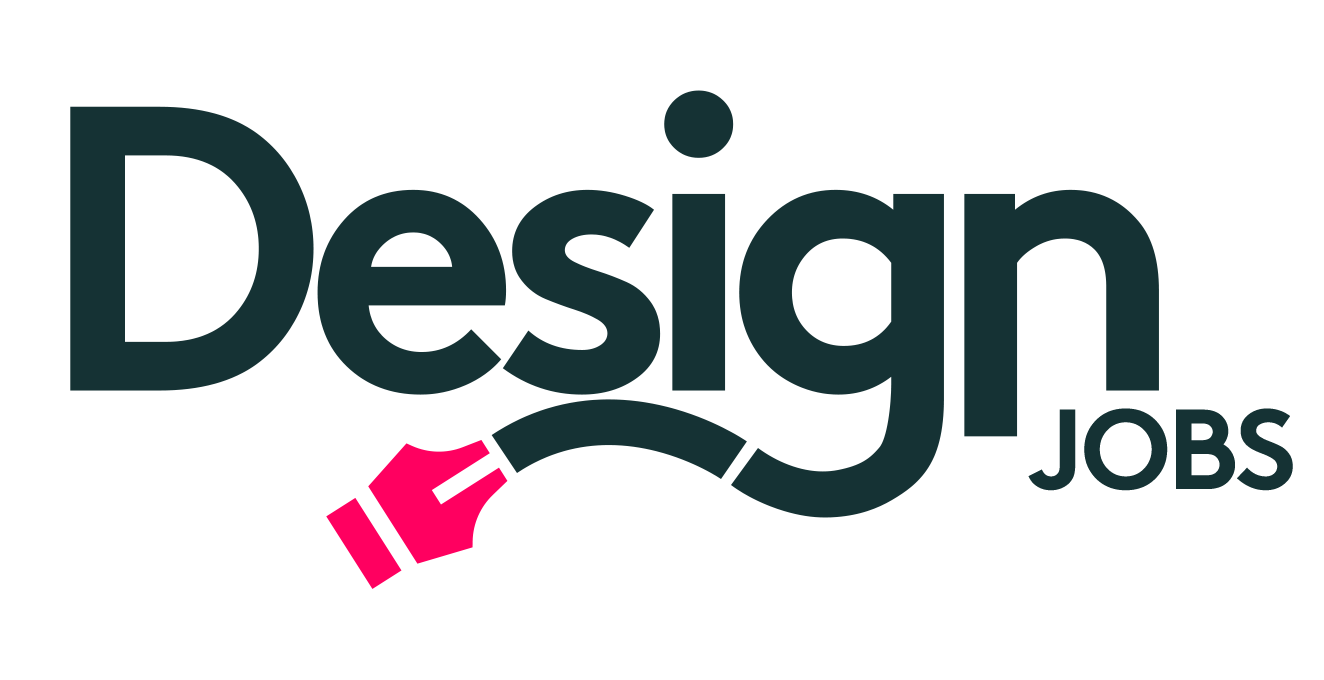Following up on job applications: How soon is too soon?
So, you’ve just applied for your dream design job. Now comes the nervous wait for a response. You know that hiring decisions take time – sometimes a lot of it – but you also know that staying top-of-mind with the employer can make all the difference. And what if your job applications went to spam or something? Surely one little email just checking in won’t hurt anyone, right? Let’s discuss the ins and outs of the all important job application follow up email.
What happens after you submit a job application?
For starters, it’s important to have a basic understanding of the job application process. When you submit a job application, the employer will either start their review process immediately or they’ll wait for the advertised application closing date.
The review process usually starts with initial resume screenings by automated screening software or by a HB manager, recruiter or hiring manager. This initial screening process will help to weed out unqualified candidates and can take anywhere from a couple of days to a week.
Once applications have passed through initial screening, the employer will shortlist candidates that they would like to learn more about. They’ll then contact these candidates to either setup an interview or schedule some kind of skills assessment. This process can take up to a week or even longer if skills assessments are involved.
So, how long should you wait before following up?
When it comes to job applications, timing is important. If you follow up too soon, it could appear as if you’re impatient and lack understanding of the hiring process. On the other hand, if you wait too long to follow up, employers may think that you’ve lost interest or have been hired elsewhere.
Generally speaking, a good rule of thumb is to wait at least 7 days (after applications close) but no more than 14 days.
This will give the employer enough time to receive and review applications, while also demonstrating your interest in the role. They will hopefully recognise your name when your email arrives in their inbox and be curious enough to read it.
Even if the job listing said applications were due immediately, don’t be tempted to pounce straight away with your follow-up email. It may seem like a good idea in theory but employers are often inundated with applications and need time to review them. Patience is a virtue.
Phone or email – What do employers prefer?
The best way to follow up on a job application is with an email, especially if you applied online. Most recruiters or employers prefer that all forms of communication are in writing (emails, letters and even text messages). This allows them to save your messages for later reference and makes it easier for other team members to track progress when multiple people are involved in the hiring process.
If you’re looking for a more direct approach and the job advertisement suggests it, you can give them a call. Just remember to be polite and courteous on the phone and to speak slowly. Be mindful of their time and respect their boundaries.
What should you say in your job application follow up email?
Your follow up should always be polite, professional and concise. Start off by thanking the employer some context around your application and politely express your continued interest in the job. You may want to include any additional information that may give you an edge over other applicants such as a recent award or media coverage. But, make it short and concise so as not to take up too much of the employer’s time and avoid coming across as braggadocios or overly desperate.
End your email on a positive note and indicate that you’d be happy to answer any additional questions or provide more information if necessary.
Here is a job application follow up email template you can use. Just switch out the specifics for your own:
Dear Tom,
I recently applied for the UX Designer role you had advertised and have not yet heard back from you. I just wanted to touch base to reiterate my interest in the role and make sure you have everything you need from me.
With over five years of professional UX experience at X agency and advanced design skills, I think I’d be a valuable addition to your team. Please let me know if any further information would be helpful to you.
I also thought you might be interested in a recent Good Design Award I won for my UX work on the CheeseKing app I designed for Domino’s. Feel free to take a look if you find it relevant.
Thanks for your time and I look forward to hearing from you soon.
Best Regards,
Andy Smith
UX Designer
Phone: 0444 444 444
Email: andy@andysdomain.com
Web: www.andysdomain.com

Tips to encouraging a response
A few things to keep in mind when crafting your follow up email.
- Personalise the email – Find out the name of the person handling recruitment and use it to personalise your communications. Make sure to spell it correctly!
- Keep it short and sweet – No one likes long emails.
- Include a signature block – Include your contact information so the employer can instantly follow up with a call if they feel inspired to do so
- Add something new – If you have any new awards or media coverage, feel free to include it. If not, try adding a new piece of highly relevant work to your online portfolio and mention that in your follow up.
- Follow up with a thank you letter – If you don’t hear from anyone after three weeks, send them a letter thanking them for their time.
- Follow up no more than twice – if you don’t hear back after your second follow up, it’s likely they are not interested.
What to do while you are waiting for a response
Don’t rest on your laurels. Make sure you continue to look for other job opportunities and stay in the job market. You never know when an even “more perfect” job could pop up. You can also use your time constructively by doing the following:
- Keep an eye out for any relevant events or conferences that may be suitable for networking purposes and put yourself out there.
- Record a friendly and professional sounding voicemail message in case a recruiter tries to call you and goes to message bank.
- Prepare for and practice your answers to common interview questions.
- Contact your references to make sure they are ready to receive a recruiter’s call
- Keep adding to your portfolio so have have more reasons to checkin and update the employer
Finally, keep an eye out for that magical email or call and don’t forget to thank the employer promptly when they do get back to you. Good luck!
Cover photo by Edmond Dantès courtesy of Pexels.


